 |
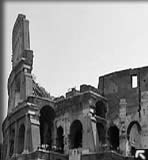 |
 |
 |
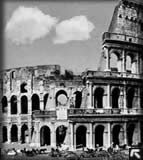 |
|||||
The Roman Colosseum: Structure
The Roman Colosseum is one of the greatest architectural
achievements of the Roman Empire. |
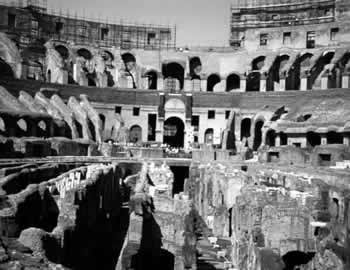 |
(View of the Colosseum floor) The Colosseum consisted of 4 levels, including the underground level with chambers used for keeping the animals and gladiators before the battles and hunts. The seating levels of the Colosseum were organized by social class.
The ground level seating was reserved for the emperor and the royal
family; while the top level is for those with a lower social status,
such as women and the poor. |
The upper part of the Colosseum was originally
made of wood, but was converted to stone after the year 223. The
outer framework and structure of the Colosseum was composed of
gigantic blocks of travertine, which is a type of limestone. The
rest of the structure was composed of a softer, lighter stone,
and was usually faced with marble. |
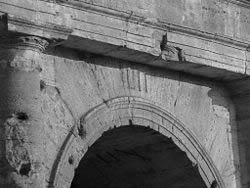 |
The façade of the Colosseum included three times of columns following a strict order. Doric was at the bottom because if was the heaviest, following by Ionic and Corinthian. The floor of the Colosseum was a wooden floor covered in a bed of sand. For inclement or very hot weather conditions, an enormous, colored velarium, also known as an awning, could be stretched overhead to protect the crowd. |
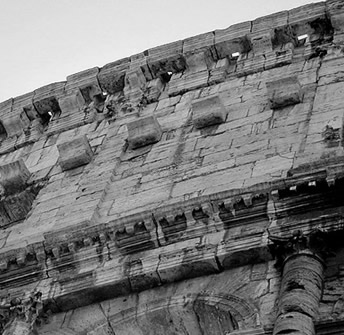 |
The Colosseum could hold up to 50,000 people but was designed so
the stadium could fill within 15 minutes and evacuate in 5 minutes.
The Colosseum had a total of 80 entrances, 4 entrances reserved for
the Emperor and VIP gladiators. |
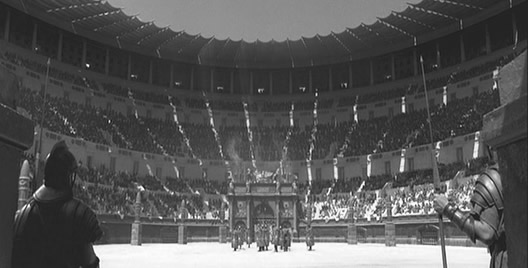 |
(Gladiators) Now more than two-thirds of the original building has been removed and the rows of the seats in the cavea are missing. They also removed the floor of the Colosseum so tourists could see the hidden underground level and chambers. *Note: underlined words link to glossary |